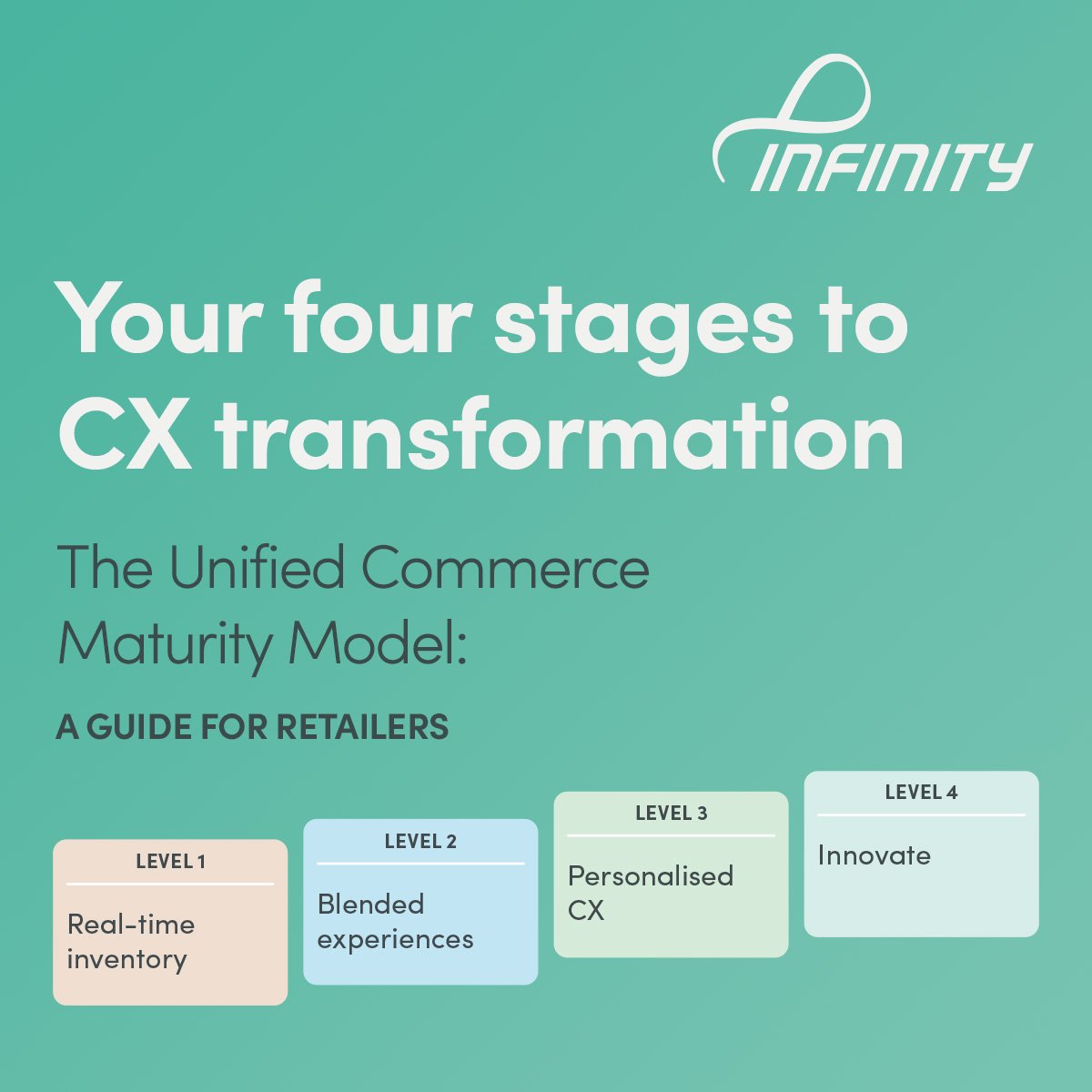There’s been a massive shift in consumer expectations around convenience, connected shopping experiences and personalisation. Here’s how to use your stores to elevate and differentiate your customer experience.
Omnichannel retailers now see their stores as critically important assets to invest in.
Last year, US online sales grew faster than ecommerce for the first time ever - with physical stores growing at 18.5 percent versus ecommerce growth of 14 percent.
And while ecommerce growth is predicted to outpace growth through physical stores in future, the spotlight will remain on stores. For most omnichannel retailers, the growth of ecommerce actually means boosting their investments in physical retail.
That’s because the store is essential to creating and satisfying customer demand - even if the customer ultimately transacts online.
Stores can amplify brands by adding a tactile experience and human factor that isn’t possible online. Store staff build trusted relationships with customers through advice, service, support and sales. They are often better at acquiring customers and stimulating repeat purchases than digital channels.
Stores support ecommerce fulfilment and place inventory close to customers - the source of demand. Click and collect, ship from store and return in store are now routine ways to fulfil online orders. Without a store, many online orders would not happen, and would be unprofitable.
Our client, Cue Clothing, is a remarkable example of how to use stores for competitive advantage. Around 20 percent of its sales are online, but over 60 percent are fulfilled by stores instead of a dedicated warehouse. The introduction of endless aisle increased access to inventory eightfold to 80,000 items, leading to a 70 percent increase in conversions and 130 percent increase in overall sales. And Cue has also launched a range of award-winning in-store initiatives – including virtual styling and in-store wishlists - that are driving up conversions, increasing revenue and boosting customer loyalty.
So how can your stores play a bigger role in your CX transformation?
Here are 3 areas to focus on to differentiate your store experience:
1. Bring digital convenience to stores
Many retailers have relied on convenient physical locations and knowledgeable store staff to entice customers to visit them. But today’s digitally savvy consumers want a ‘joined-up’ omnichannel experience that doesn’t stop when they enter a store.
By reimagining the store customer experience and giving staff tools to connect with customers digitally, you'll bring a rich mix of human and digital interactions into stores.
Start by revamping the checkout experience. Offer fast, digital, contact-free point-of-sale transactions wherever the customers are - in the store, out in the warehouse or yard, at trade shows and pop-up stores. Ensure you can provide quotes and take cash sales or charge-to-account orders anywhere, with the flexibility to handle complex split orders, sales and returns.
Put customers in charge of their in-store experience by integrating digital services, such as the ability to look up loyalty points, access product information and add items to digital wishlists in stores.
Localised pricing will let your team offer up-to-date, competitive pricing and empower them to make better, on-the-spot decisions.
2. Use store fulfilment to increase ecommerce profitability
Retailers are working to optimise their processes and remodel stores into fulfilment centres to meet the explosion in demand for online orders fulfilled in stores.
However, many retail systems weren't built to provide real-time inventory so the challenge of knowing where stock is located across the store network causes missed sales and cancellations of online orders.
Create a single view of inventory across stores, online, mobile and warehouses to improve your return on inventory and maximise selling opportunities.
Use your stores as mini-distribution centres to give your customers a variety of delivery options, such as click-and-collect, store-to-door, drop ship and returns anywhere.
Endless aisle capabilities let you sell products not stocked in your current location and have them delivered to or collected by the customer.
3. Personalise customer experiences by extending digital into stores
With more customer journeys beginning online and store visits become more focussed and deliberate, customer expectations for a frictionless ‘one brand’ experience are rising.
However, many retailers have channel silos that mean any interaction or activity that the customer had with them online is largely unknown to store staff.
By connecting all your customer engagement points in near real time, you can deliver a holistic and personalised customer experience more consistently. That means treating each customer as the individual they are all the time – one person with one account, interacting with one unified brand.
Combine your customer, inventory and sales data from all channels and touchpoints and analyse your customer preferences. Use these insights to develop personalised communications, experiences and offers that drive customer satisfaction and loyalty.
Make this data available to your store staff. For example, provide your teams with access to relevant customer information, such as loyalty, wishlists and sales histories. Use AI technology to provide personalised upselling recommendations during click-and-collect pickups.
Extend these personalised recommendations into your other communications with customers, such as e-receipts and shipping notifications.
As you transform your stores to be the centre of your omnichannel experience, your POS and retail systems must transform as well. If you’re experiencing technology challenges that prevent you from unifying store and digital experiences, get in touch. We’d love to help you make stores play a bigger role in your CX strategy.










